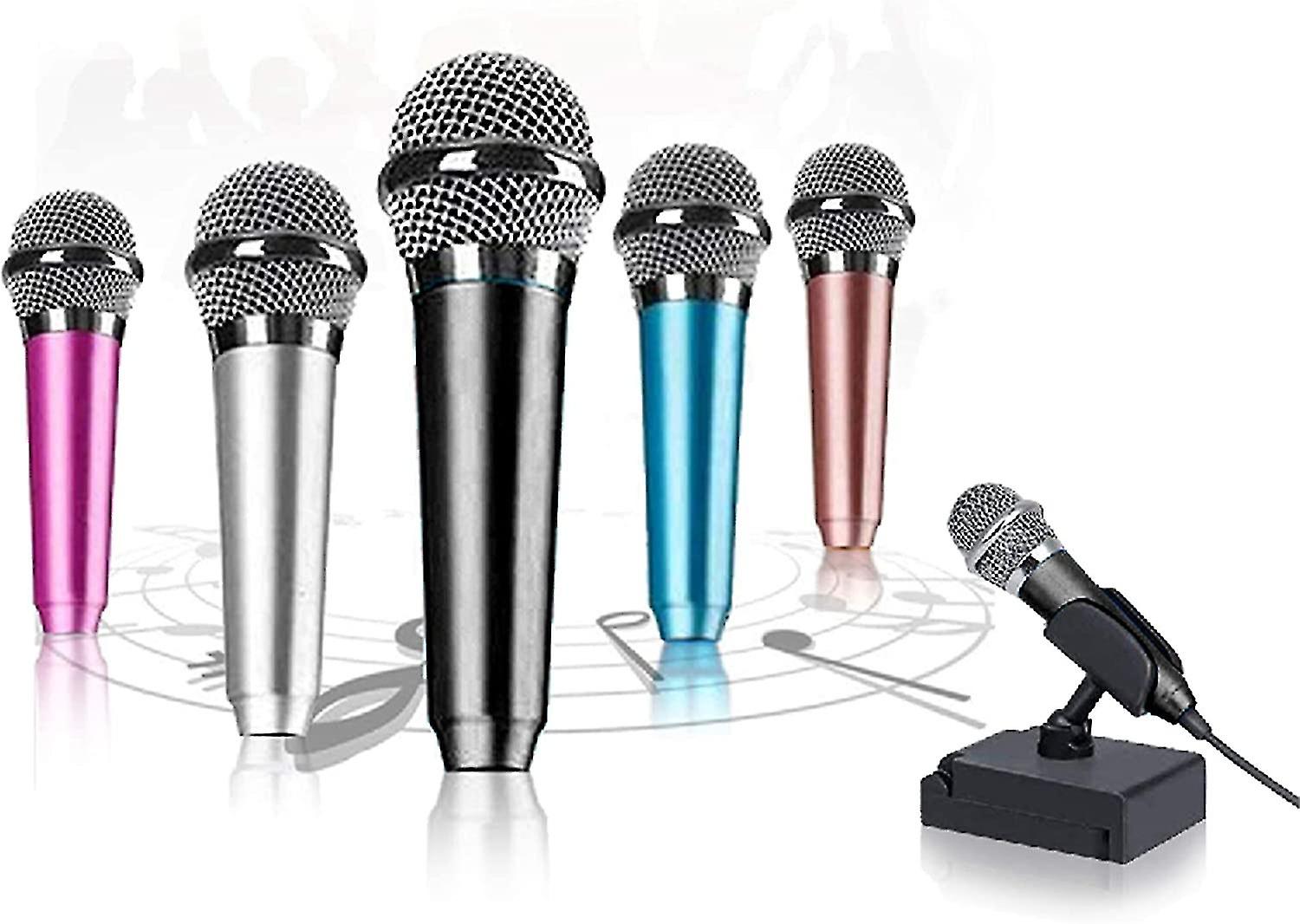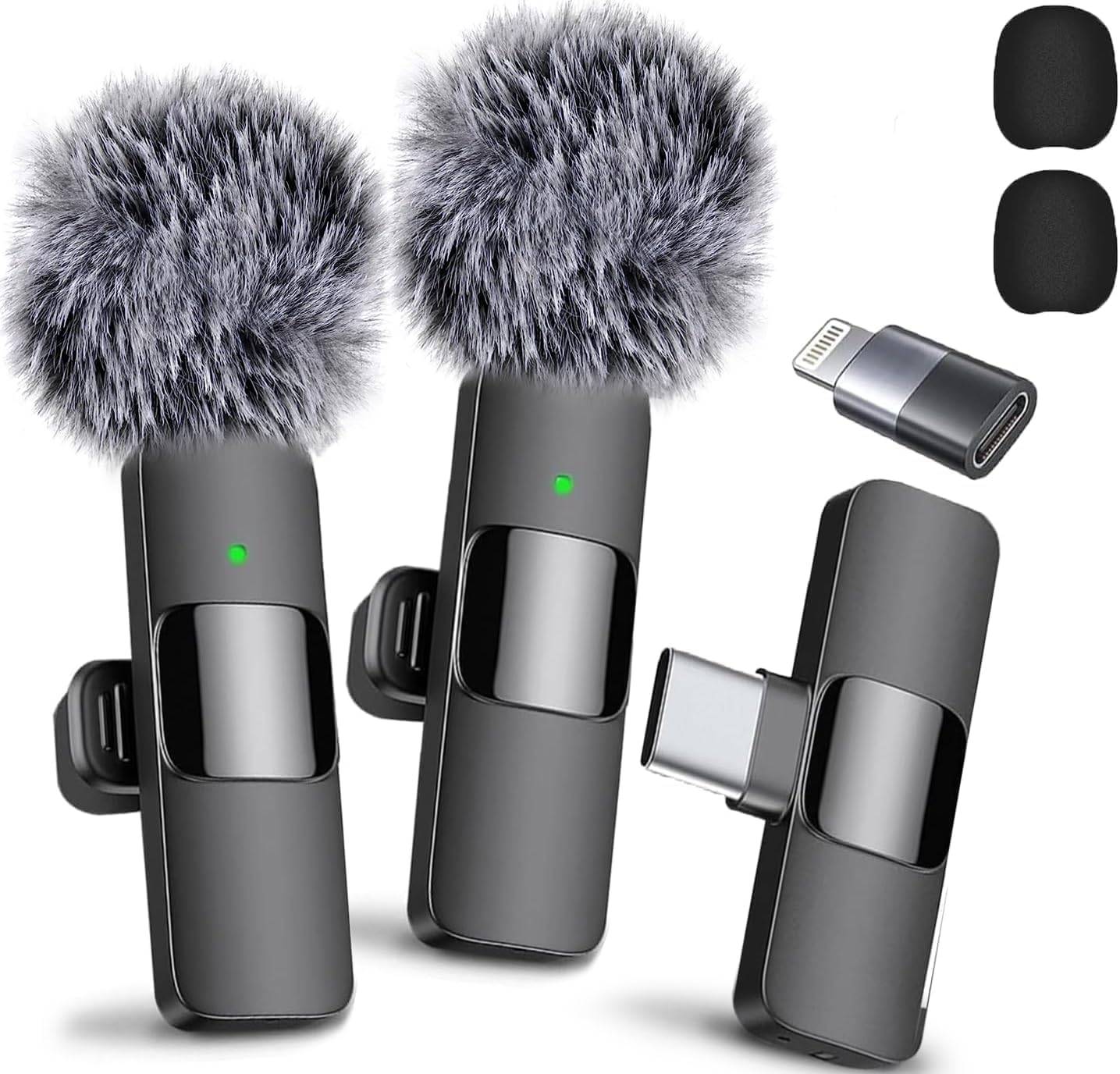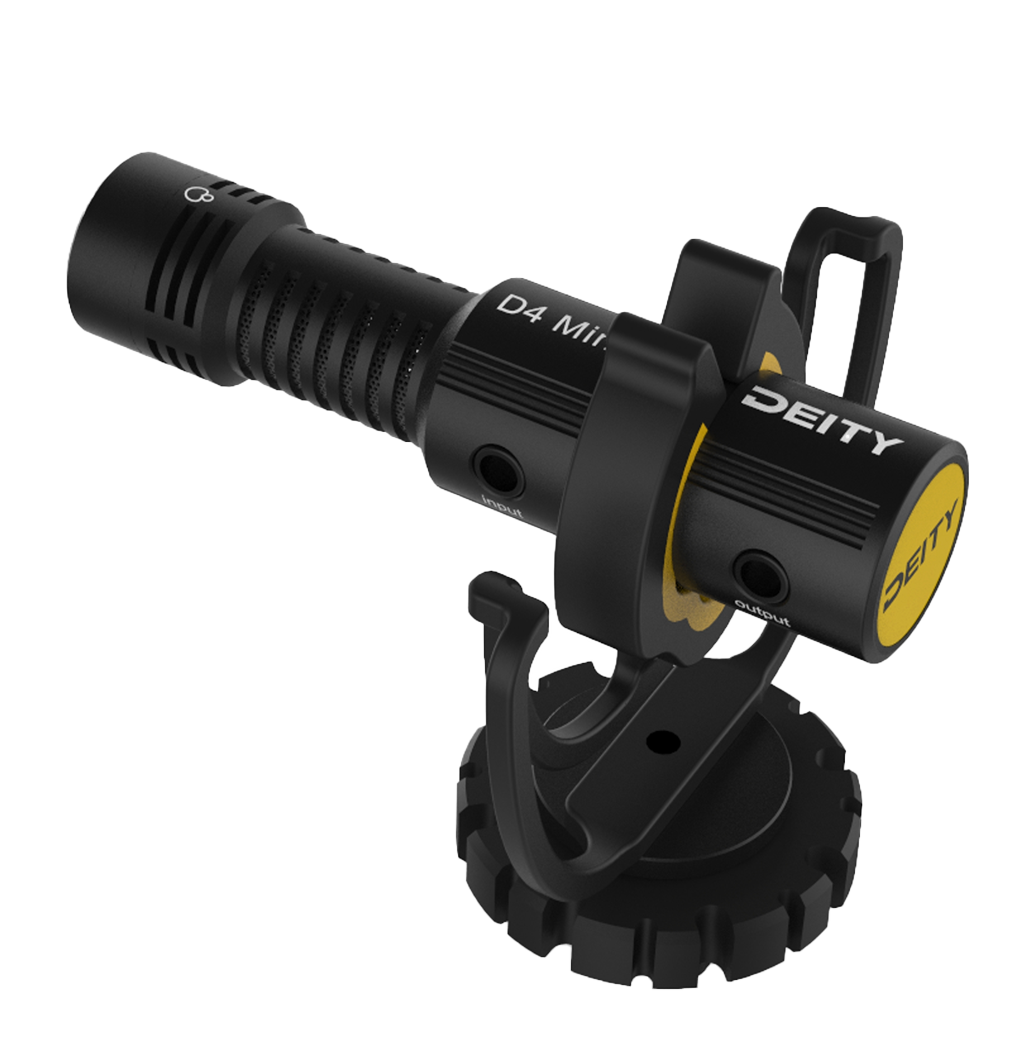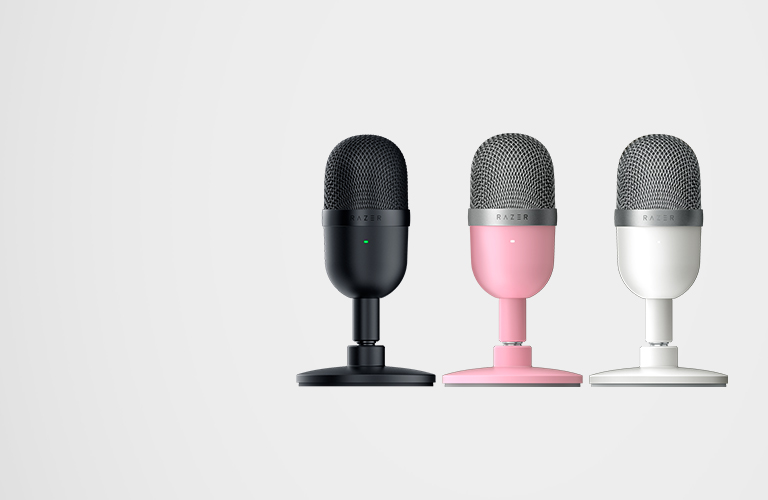In a world dominated by content creation, having a mini microphone for your smartphone is an essential tool for anyone looking to improve their audio quality. Whether you’re recording a podcast, making music, or capturing video, a mini microphone can drastically enhance the sound captured by your smartphone’s built-in mic. But with countless options available, how do you find the perfect one? This article will guide you through key considerations to make an informed choice.
Understanding Microphone Types and Compatibility
Selecting the Right Type of Microphone
Mini microphones for smartphones come in different types to suit various recording scenarios. Lavalier or lapel mics are discreet and ideal for interviews or vlogs. Shotgun mics focus on the sound in front of them and are great for video work. Omnidirectional mics capture sound equally from all directions, making them suitable for capturing ambient sounds or group conversations.
Ensuring Compatibility with Your Smartphone
Before purchasing a mini microphone, confirm it is compatible with your smartphone. Most microphones connect via the headphone jack or lightning port for iPhones—however, not all are plug-and-play. Some require separate apps or adapters to function properly. Check the specifications of the microphone to ensure it will work seamlessly with your device.

Prioritizing Sound Quality and Additional Features
Looking for Superior Sound Quality
The primary reason for buying a mini microphone is to improve audio quality, so prioritize models with a reputation for clear and accurate sound. High-quality microphones have a low noise floor and capture a true representation of the source. They should handle a variety of volumes without distortion. Reading reviews or listening to sound samples can help evaluate sound quality before committing to a purchase.
Considering Microphones with Special Features
Some mini microphones offer features that can be incredibly useful for specific tasks. Look for noise-cancelling capabilities if you’re often in noisy environments, or mics with adjustable gain if you’ll be recording both loud and soft sounds. Additional features like built-in headphone jacks for real-time monitoring or apps that offer enhanced recording settings can add value to your purchase.

Assessing Design and Portability
Compact Design for On-the-Go Use
Portability is crucial when choosing a mini microphone for a smartphone. You’ll need something compact and lightweight that won’t be cumbersome during use. Consider the size of the microphone and how easily it can be packed away or attached to your smartphone without disrupting your recording workflow.
Durability for Frequent Use
If you plan to use your mini microphone regularly, it must be built to last. Durable materials and solid construction will help the microphone withstand wear and tear. Some mics come with protective cases or covers, which can be beneficial for maintaining their condition over time, especially when transporting them in a bag with other gear.

Balancing Cost and Quality
Finding a Mini Microphone Within Your Budget
Mini microphones range in price from very affordable to professional-grade costs. Determine your budget beforehand and find the best microphone within that range. Remember that the most expensive option isn’t always the best for your needs, and there are many high-quality, cost-effective microphones on the market.
Investing Wisely for Long-Term Use
Consider your long-term goals and uses for the mini microphone. If you’re serious about content creation, it might be worth investing a little more for a microphone with higher audio quality and durability. On the other hand, if you’re just starting or you need the mic for occasional use, a budget-friendly option may suffice. Always balance cost against the features and quality you need.

Evaluating User Experience and Usability
User-Friendly Operation
For creators on the go, the ease of use is paramount. The perfect mini microphone should offer simplicity in setup and operation, allowing you to focus on recording rather than troubleshooting. Look for microphones with intuitive controls and plug-and-play functionality. A straightforward, user-friendly experience can significantly enhance your recording sessions, making it easier to capture high-quality audio whenever inspiration strikes.
Compatibility with Recording Apps
Consider how well the microphone integrates with your preferred recording apps. Some microphones come with proprietary apps designed to unleash their full potential, offering advanced features like audio editing, effects, and more precise control over settings. However, ensuring that the microphone works well with a variety of third-party apps can provide you with flexibility in how you record and produce content.

Reading Reviews and Testing When Possible
Seeking Out Comprehensive Reviews
Online reviews and video demonstrations can be invaluable in helping you select the right mini microphone. Existing users often share insights into the microphone’s performance in real-world scenarios, potential issues, and overall satisfaction. Look for detailed reviews that address the use cases relevant to your needs. This research can give you a clearer picture of how the microphone performs beyond the specifications listed by the manufacturer.
The Importance of Hands-On Testing
Whenever feasible, testing the microphone yourself before purchasing provides the best insight into whether it meets your expectations. Many electronics stores have display models available for customers to try, or you may find opportunities at trade shows and audio exhibitions. Personal testing allows you to assess the audio quality, build, and comfort, ensuring the microphone is the right fit for your smartphone recording needs.
Considering Future-Proof Features
Investing in Versatility
As you sift through options, consider microphones that offer features that might be beneficial in the future. For instance, models with multiple polar patterns can adapt to various recording environments, from solo speech to group discussions. Investing in a microphone with a broad range of capabilities means you’re prepared for different types of projects, enhancing its value over time.
Ensuring Upgradability
Check if the microphone supports firmware updates or modular components, which can extend its usability and keep it current with technological advances. Some mini microphones allow for the addition of accessories, like windshields for outdoor use or extension cables for more flexible positioning. A microphone that grows with your evolving recording needs can be a wise long-term investment.
Selecting the perfect mini microphone for your smartphone involves assessing compatibility, sound quality, design, portability, and cost. By carefully considering each factor, you can find a microphone that meets your specific needs and enhances your audio recordings. Whether for professional or casual use, the right mini microphone can significantly upgrade the production value of your audio content on the go.
